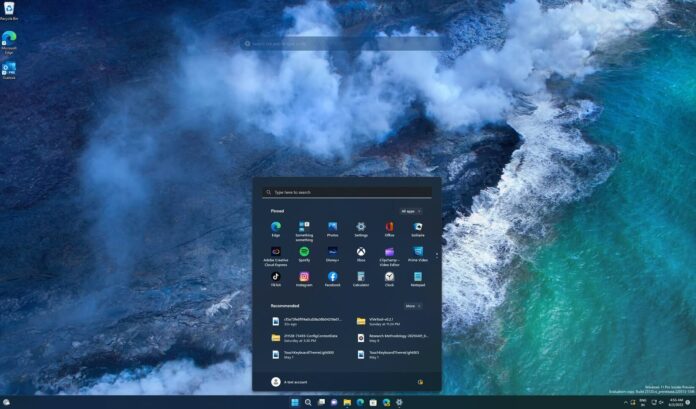Windows 11 KB5028185 update was released on July 11, bringing Moment 3 features and security enhancements. Still, it’s also sparked a series of issues for some users, from blue screen appearances to users getting the same Windows Defender update multiple times and other glitches causing widespread frustration.
KB5028185 has been automatically installing itself on PCs over the past few days. Unlike June 2023 Patch Tuesday, this month’s cumulative update has several new features and improvements. That’s because the update turns on all hidden Moment 3 features previously enabled by optional preview updates.
However, some users are reporting issues with the update, with some highlighting problems with the update installation itself. A blue screen (BSOD) appeared several times, followed by automatic restarts. These repeated restarts only ceased after a manual F8 operation during the startup process, which led to successful system repair.
Additionally, users are noticing repetitive installations of the security intelligence update 1.393.336.0. While this does not seem to cause major issues, it can be frustrating as it shows up repeatedly in the update and reliability history whenever ‘check for updates’ is clicked. This problem persists across different Windows 11 devices.
Notably, Microsoft recently fixed Windows 11’s long-standing Windows Defender bug that displayed false warnings, but that bug fix has nothing to do with repetitive installations of security intelligence updates.
Reports of performance issues
We have previously reported that Microsoft has been struggling to resolve the Windows 11 SSD bug, hurting some configurations’ performance, particularly those builds that rely on SSD hardware. For some, it felt like running a buggy version of Windows 11 on a dated processor with limited RAM.
In one instance, a four-hour update download and install time was followed by two restarts and another 45-minute install period. Despite this, the system remained incredibly slow. No improvement was seen after uninstalling and reinstalling the NET Framework update.
A particular case involved an Asus Z790 motherboard, where the issues were observed across USB2 and USB3 ports. For this user, uninstalling KB5028185 seemed to resolve the problem, with the system running smoothly again after six hours.
Finally, some users have reported flickering displays while playing games post-update. This issue arises when the screen refresh rate exceeds 60 Hz or the game is played in fullscreen/borderless window mode. For now, the solution remains unclear.
How to fix issues caused by Windows 11 July 2023 update
As a workaround to these issues, it is recommended to uninstall the KB5028185 update.
Users can do this by navigating to Settings > Windows Update > Update history > Uninstall updates and selecting “Security Update” with “KB5028185” in the name.
However, it’s important to remember that this step might expose the system to security vulnerabilities, and it’s always better to wait for the next update or an official solution from Microsoft.





